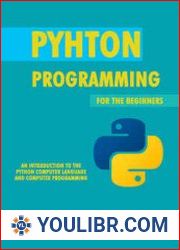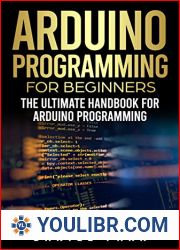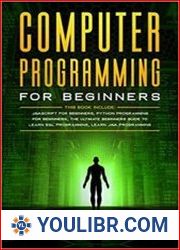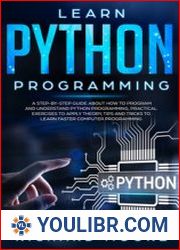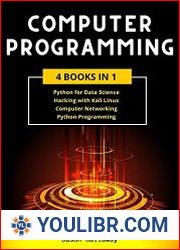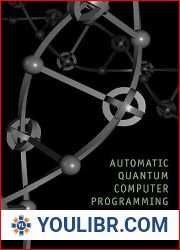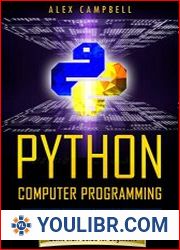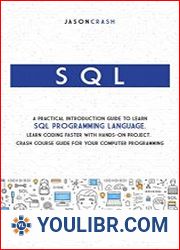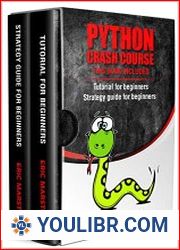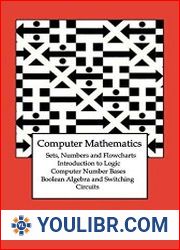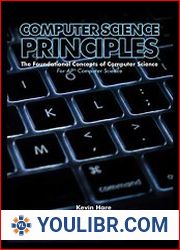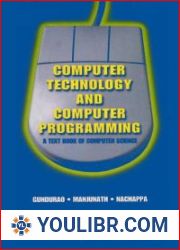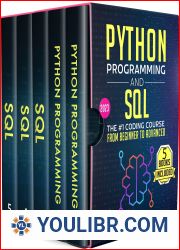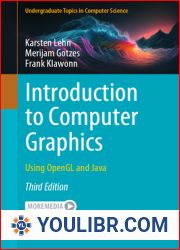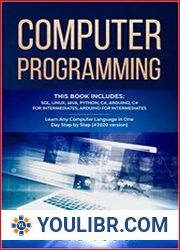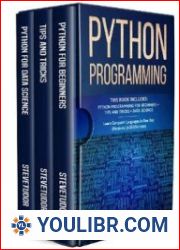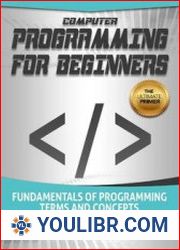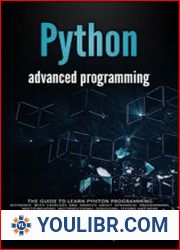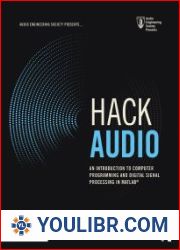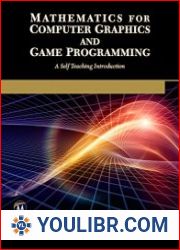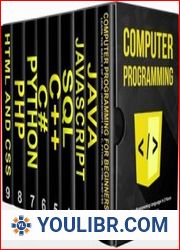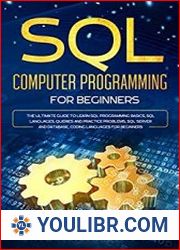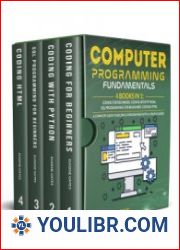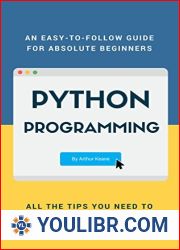
BOOKS - PROGRAMMING - An Introduction to Programming and Computer Science with Python


US $7.61

338475

338475
An Introduction to Programming and Computer Science with Python
Author: Clayton Cafiero
Year: 2023
Number of pages: 402
Format: PDF
File size: 10,1 MB
Language: ENG
Year: 2023
Number of pages: 402
Format: PDF
File size: 10,1 MB
Language: ENG
The goal of this book is to provide an introduction to computer programming with Python. This includes: - functional decomposition and a structured approach to programming; - writing idiomatic Python; - understanding the importance of abstraction; - practical problem-solving exercises, and a brief introduction to plotting with Matplotlib. When you get to know it, Python is a peculiar programming language. Much of what’s peculiar about Python is concealed by its seemingly simple syntax. This is part of what makes Python a great first language—and it’s fun! The book is organized into chapters which roughly correspond to a week’s worth of material (with some deviations). Some chapters, particularly the first few, should be consumed at a rate of two a week. We present below a brief description of each chapter, followed by mention of some conventions used in the book. The Chapter 2 provides some motivation for why programming languages are useful, and gives a general outline of how a program is executed by the Python interpreter. This chapter also introduces the two modes of using Python. The interactive mode allows the user to interact with the Python interpreter using the Python shell. Python statements and expressions are entered one at a time, and the interpreter evaluates or executes the code entered by the user. This is an essential tool for experimentation and learning the details of various language features. Script mode allows the user to write, save, and execute Python programs. This is convenient since in this mode we can save our work, and run it multiple times without having to type it again and again at the Python shell.







